What
is it?
A relatively new style of yoga founded in
1997 by California-based John Friend, anusara has a strong spiritual element to
it and is influenced by Iyengar in its focus on correct alignment. Anusara
literally means ‘flowing with grace’ and is an uplifting form of yoga that
emphasises flowing, heart-opening postures.
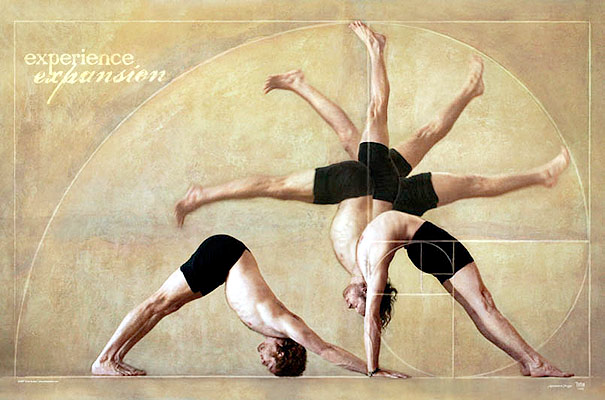
Anusara
- A relatively new style of yoga founded in 1997 by California-based John
Friend
What
to expect
An energising yoga class experience that
works your body deeply, so you will sweat. Classes have an emphasis on bending,
rotating and twisting the spine, along with striving for correct alignment. Be
prepared also for chanting, breath work, meditation and music (both modern and
yogic!) so your mind is fully engaged along with your body.
Best
for
People wanting a deep workout that’s
guaranteed to lift your mood and introduce you to yogic philosophy in practice.
Teacher’s
tip
A good anusara teacher will make your body
feel lean, stretched and opened, and also talk about ways to apply your
practice to your everyday life.
Sivananda
What
is it?
Based on the teachings of Swami Sivananda
who developed it in the middle of the 20th century, this is a slow, considered
form of yoga designed for health and wellness. Its emphasis is on balancing
postures with breathing techniques, relaxation and meditation.
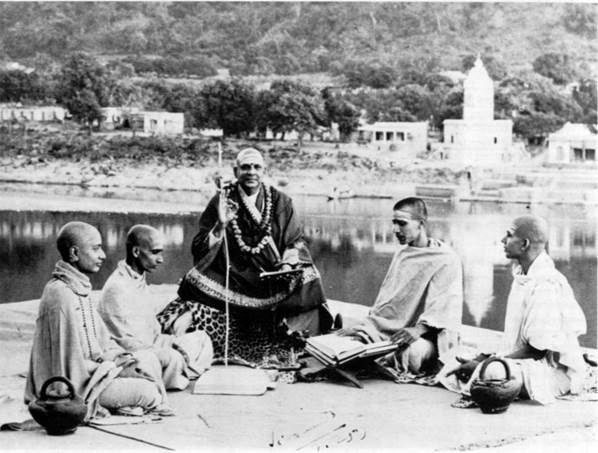
Swami
Sivananda
What
to expect
Classes start and end in Corpse pose (or
Savasana, where you lie on your back), which is also practised between the more
challenging postures to ensure the body is relaxed after working hard.
Breathing practices are done at the start of the class, and only 12 basic
postures are then practised, with the aim of opening the energy channels in the
body.
Best
for
Anyone wanting more serenity and a yoga
experience that balances the fundamentals of breath, meditation and chanting
with a simple posture practice.
Teacher’s
tip
Sivananda is a great choice if you’re
interested in finding out more about yogic diet and philosophy.
Yin
What
is it?
Founded by chi kung expert Paulie Zink, yin
yoga holds postures still with long, slow breathing to work deeply into
connective tissues, promote circulation and help release energy blockages.
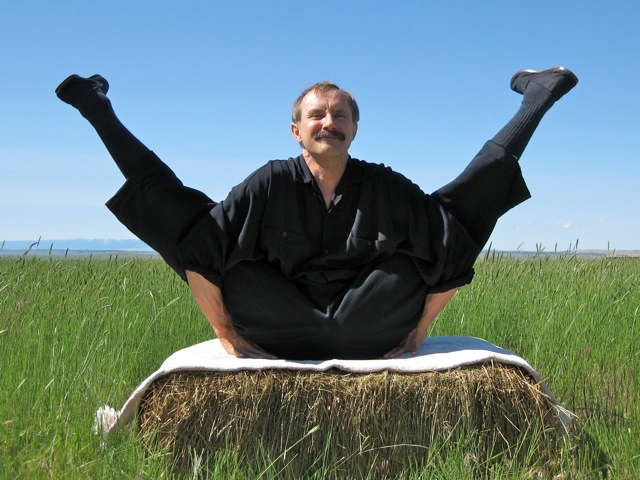
Yin
yoga - Founded by chi kung expert Paulie Zink
What
to expect
The emphasis is on stretching and opening
your muscles, so postures are held for up to five minutes, and you may only get
through 12-15 poses in a 90-minute class! Classes are deeply relaxing and often
done with the lights down.
Best
for
Anyone feeling burnt out, with injuries or
illnesses to restore their energy.
Teacher’s
tip
Named after the ‘yin’ of ‘yin/yang’, this
is great to do as well as a more dynamic yoga practice or alongside a weight or
aerobic training programme to deeply stretch your muscles.
Jivamukti
What
is it?
Founded in 1984 by artist David Life and
former dancer Sharon Gannon, jivamukti is a vigorous form of yoga that
emphasises dynamic moves through postures, coupled with a focus on Indian
philosophy.
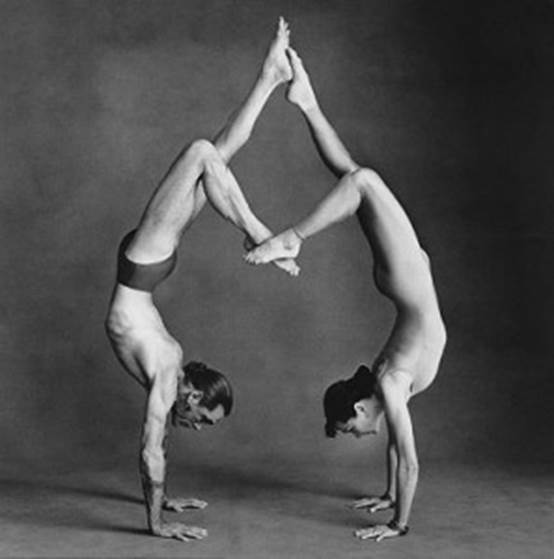
Jivamukti
- Founded in 1984 by artist David Life and former dancer Sharon Gannon
What
to expect
A combination of flowing ‘vinyasa’ postures
(with hands-on adjustments for alignment from teachers) along with breathing,
meditation, Sanskrit chanting, philosophical discussion and deep relaxation.
Best
for
Anyone wanting to take a challenging
flowing class where they can learn how to apply yogic philosophy to their life.
Teacher’s
tip
There’s often gorgeous music playing in
classes – anything from chanting to a five-piece band!
Kundalini
What
is it?
It uses active and passive postures to
awaken ‘kundalini’ energy, the life force that, in yogic philosophy, is
believed to be stored at the base of your spine.
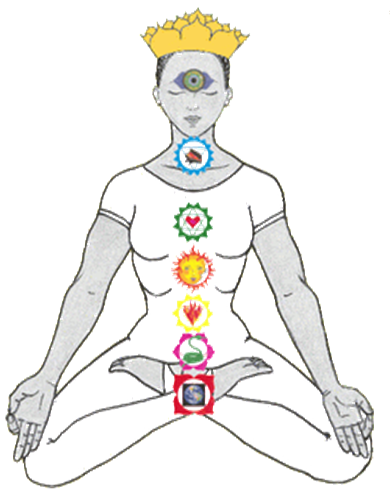
Kundalini
What
to expect
Rapid, repetitive movements that can be different
from regular postures. Chanting and meditation is included and the teacher may
play a gong and sing.
Best
for
Anyone interested in experiencing the more
esoteric and spiritual side of yoga.
Teacher’s
tip
The release of kundalini energy has been practised
for centuries. You may be surprised by the power of this practice and become
emotional during or after a class – this can be a great release.
Bikram
What
is it?
A series of 26 postures and two breathing
exercises are done in a standard order in a hot room over 90 minutes. The
intense heat warms muscles and joints and encourages increased mobility and
flexibility – and sweat, lots of it.
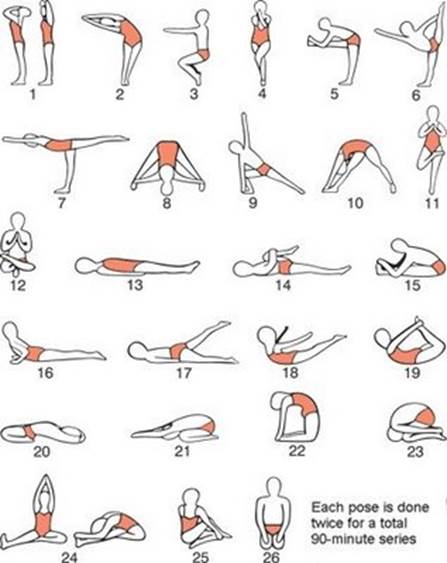
Bikram
- A series of 26 postures and two breathing exercises are done in a standard
order in a hot room over 90 minutes.
What
to expect
Classes are usually crowded with mats close
together at busy times. Studios are bright and teachers often blare out
instructions through a microphone. Bikram practice can help shape your body and
release excess weight, but you need to practise around three to five times a
week. Make sure you talk to your teacher about injuries or medical conditions
you have before you begin.
Best
for
Anyone who wants to feel they’ve really
worked out. Although Bikram yoga can help elevate your mood, the spiritual
aspects of yoga are rarely mentioned.
Teacher’s
tip
Wear as little as possible! Most people
tend to wear shorts and tank tops to help them keep cool. Take a towel and a
large water bottle. As people tend to sweat so profusely, you may want to bring
your own mat.
For a complete guide to yoga, grab a copy
of H&F’s new Shape Up with Yoga MagBook. Written by a qualified yoga
instructor, the step-bystep guide offers all the advice and tuition you need to
practise at home, including 50 top poses, tailored workouts and a six-week
beginner’s plan. Shape Up with Yoga is available online at magbooks.com $11.